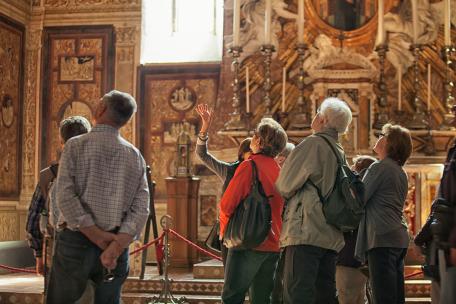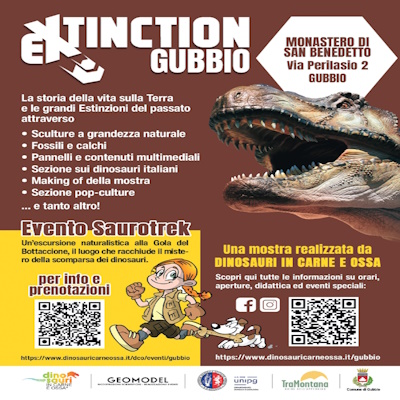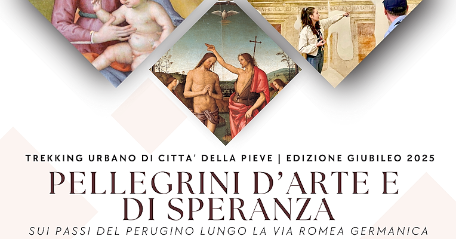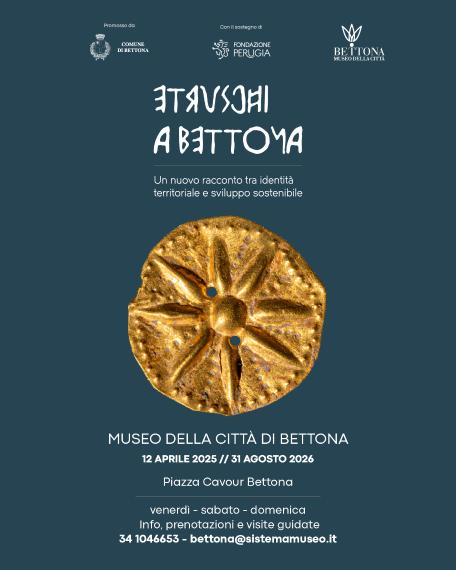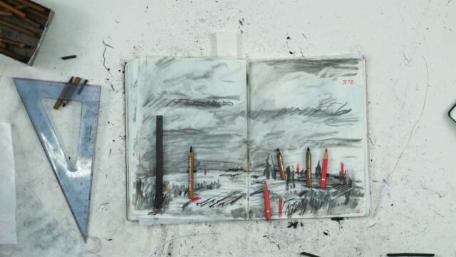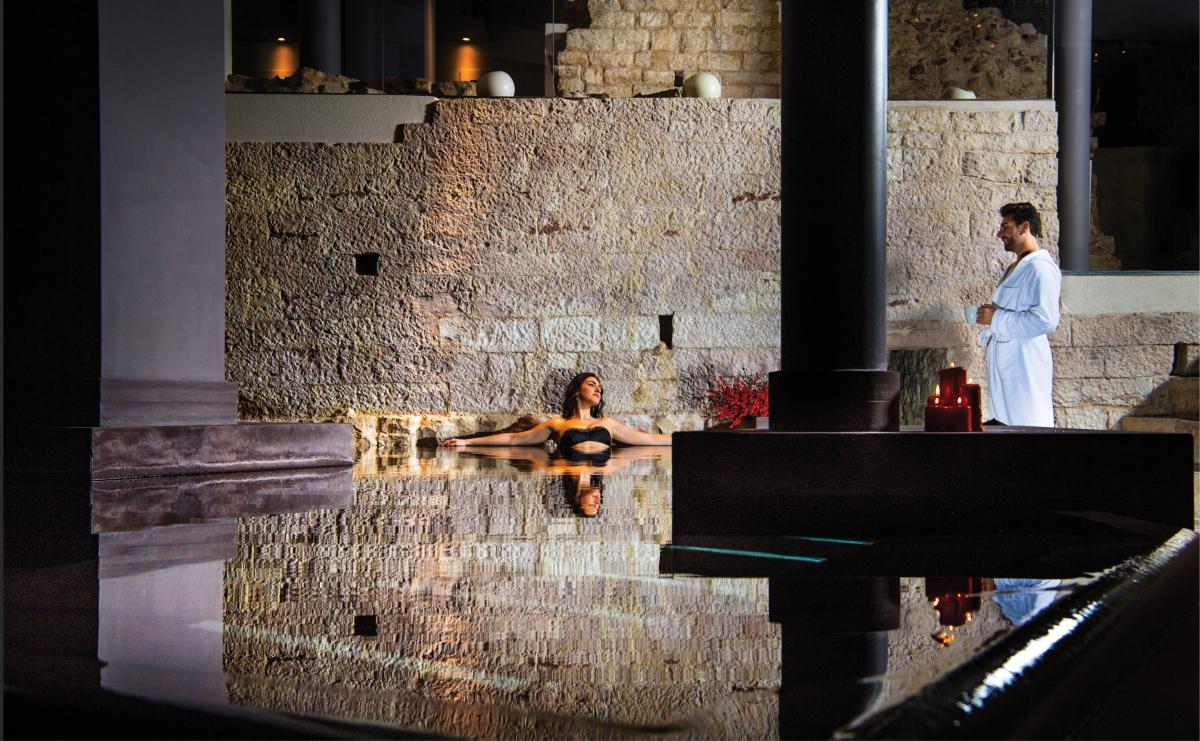Monteleone di Spoleto, the “Lion of the Apennines”
Monteleone di Spoleto, at 978 metres above sea level, is the highest municipality in Umbria. Listed among the “Most Beautiful Villages in Italy”, it is a classic example of a hilltop fortress. It is located within the Coscerno-Aspra Natural Park, set in an evocative natural landscape of beech and oak forests, valleys, pastures, and cultivated fields. A typical and prized local crop is spelt – an ancient variety that was awarded PDO (Protected Designation of Origin) status in 2010.
Millennia of origins and precious finds
Inhabited since the Bronze Age, Monteleone was once an important Etruscan centre, as evidenced by numerous archaeological finds in the surrounding area. The most significant of these was uncovered in the early 20th century at Colle del Capitano, about 3 kilometers north-east of the present town, where a vast necropolis was found, in use from the Bronze Age to the 6th century BC. The most precious discovery is a princely burial mound with a rich funerary assemblage, which included a chariot adorned with bronze decorations worked in repoussé. This artefact is currently held at the Metropolitan Museum of Art in New Yor, at the heart of a longstanding dispute between the American museum and the Umbrian municipality, which has long requested its return.
Later, the town came under Roman rule, with the establishment of the settlement of Trebia, which is now identified with the hamlet of Trivio.
The Middle Ages and foreign invasions
The current layout of the town dates back to the early medieval period. In 880, Count Attone of the noble Roman Arroni family founded a castle bearing its name and expanded his holdings in the area, establishing the castle of Brufa as a defensive outpost – the earliest nucleus of what would become Monteleone. The castle was destroyed and rebuilt several times and, in 1265, was finally handed over to the Duchy of Spoleto, which ruled it for a long time and gave the town its current name.
It wasn’t until 1535 that the people of Monteleone dared to rebel against the powerful Duchy. The response from Spoleto was harsh: though the Monteleone people were never fully subdued, the people of Spoleto took revenge by destroying farmhouses and mills, looting lands and harvests. Eventually, in 1559, Pope Pius IV removed Monteleone from Spoletan control, placing it under the direct rule of the Papal States. Free from Spoleto’s dominance, the village experienced a period of great prosperity during the 16th and 17th centuries. Unfortunately, a strong earthquake partially destroyed Monteleone in 1703, causing numerous casualties and even altering the course of the River Corno. From then on, the town began a slow decline and depopulation, and in 1860, it became part of the Kingdom of Italy, following the course of national history.
Visiting the village, between medieval walls and ancient churches
The historic centre has retained the typical urban structure of a hilltop castle, surrounded by three concentric rings of walls, most of which remain visible, with fortified elements and gateways. The narrow streets maintain their medieval charm. Built in distinctive local white and reddish stone, the village is clearly divided into two parts: a higher section, dating back to the early Middle Ages, and a lower part, built between the 15th and 17th centuries. The four medieval gates that provided access to the ancient village are still intact, along with the beautiful 13th-century clock tower that overlooks the market square and rises above the Renaissance district below.
The jewel of Monteleone is undoubtedly the chariot, an extraordinary parade carriage crafted in Etruscan workshops and dated around 540 BC. Its walnut wood frame is covered with gilded bronze sheets worked in repoussé, depicting episodes related to the figure of the Greek hero Achilles. The chariot was part of a rich burial trove placed in the tumulus tomb of a local prince and is now the most prestigious piece of the Etruscan collection at the Metropolitan Museum of Art in New York, where it is displayed as the “Golden Chariot”. Despite repeated requests for its return, the original remains in New York. Today, a life-sized replica is on display at the Chariot Museum in Monteleone di Spoleto, housed in the underground spaces of the San Francesco complex. The replica was made by the Giacomo Manzù School of Art in 1985.
The San Francesco complex dates back to the late 13th century and comprises a church and the adjacent convent. Its interior features an unusual structure, with two naves of different sizes and roofing, and a doorway leading to the cloister and the Chariot Museum. In both the church and cloister, there are remnants of 14th-century frescoes and altarpieces from the 15th and 16th centuries.
Other notable sites include the Santa Caterina complex, with an ovoid layout formed by four interlocking equilateral triangles, the Church of San Nicola, with altar paintings attributed to Ghezzi and Masucci, and the beautiful 15th-century Bernabò palace, a two-storey building with a central rooftop loggia.










